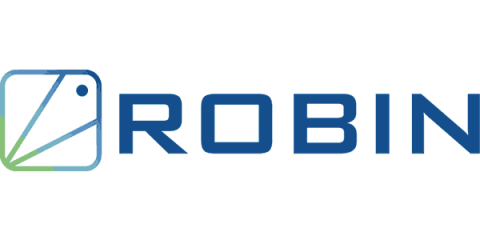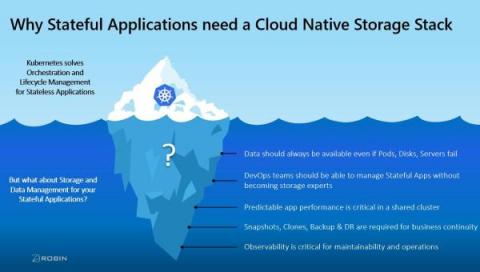Operations | Monitoring | ITSM | DevOps | Cloud
Robin
How to backup and archive ephemeral applications on OpenShift
Five Reasons To Choose Dell and Robin Cloud Native Platform For AI/ML (Blog series - Part 3 of 3)
In part 1 and part 2 of this series, we examined how AI/ML can help improve healthcare and the challenges faced by AI/ML teams in realizing the benefits respectively. In this part, we will explore how Robin and Dell can help overcome these challenges.
Robin.io Wins The Automation Solution Award at FutureNet World 2021
Robin.io continues to grab the attention of telecom industry peers and thought leaders with its approach to automation and orchestration of complex 5G networks.
Four Key Challenges To Adopting AI/ML In Healthcare (Blog series - Part 2 of 3)
In part 1 of this series, we examined how AI/ML can help improve healthcare. AI/ML is an ambitious undertaking that promises to revolutionize healthcare. Getting excited is easy, but where do you start and why is it not just another empty promise? In fact, despite all these promises and futures, most AI/ML projects fail and don’t deliver. The failure rate of AI/ML projects is starting to make some wonder if this is real or hype.
Five Use Cases for AI/ML in Healthcare (Blog series - Part 1 of 3)
Technology has accelerated changes toward information-based healthcare delivery and management. Today’s multi-disciplinary approach to delivering better healthcare outcomes coupled with advanced imaging and genetic-based customized treatment models depend on AI/ML driven information systems. At Robin.io, we believe machine learning is the life-saving technology that will transform healthcare. AI/ML challenges the traditional, reactive approach to healthcare.
Top 5 Challenges in the Adoption of multi-cloud Strategies
In my previous blog post, we discussed why research shows that over 90% of enterprises are embracing a multi-cloud strategy. Simply put, a multi-cloud approach offers significant advantages to organizations seeking to optimize the Three Cs of Cloud: Cost, Capabilities and Compliance. Still, with all the advantages to be gained with a multi-cloud approach, executives should be aware of the downsides. Here is my take on the top 5 challenges of multi-cloud adoption.
Why Stateful Applications Need a Cloud-Native Storage Stack
Enterprises are increasingly moving their applications to containerized architectures (typically using Kubernetes, the most popular container orchestration platform in use today). They’re doing this to take advantage of the significant benefits containers provide—namely portability, flexibility, speed of deployment, DevOps agility and resource efficiency.








